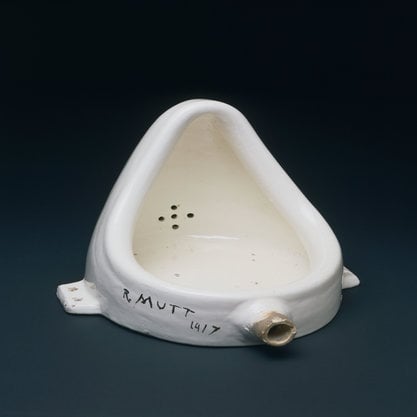Article
Gutai By Clarke, Neilton
Article
Gutai Art Association [Gutai Bijutsu Kyōkai] [具体美術協会] was an influential post-World War II Japanese avant-garde collective with an outward-looking mindset. Founded in 1954 in Ashiya, near Osaka, by Japanese artist Jirō Yoshihara (1905–1972), it had fifty-nine members over the course of its eighteen-year lifespan. Gutai—meaning ‘‘embodiment’’ and ‘‘concreteness’’—saw its artists engage a plethora of media and presentation contexts, often beyond gallery walls and frequently with more emphasis upon process than on finished product. A unifying factor among its multifarious tendencies was a spirit of adventure, exemplified by Yoshihara’s oft-cited call to ‘‘do what no one has done before.’’ Embracing performance, theatricality, and outdoor manifestations, with a characteristic impromptu modus operandi, Gutai’s experimental tendencies and liberal ideals breathed new life into art and into a society remaking itself following the cataclysm and repressions of World War II. As Japan entered the 1960s, consolidating its economy and engagement with the rest of the world, the decidedly offbeat stance of Gutai’s earlier years assumed a cooler demeanor, due in part to nation-wide technological advancement, growing internationalism, and an evolving audience base and receptivity. The Gutai group disbanded following Yoshihara’s passing in 1972.

